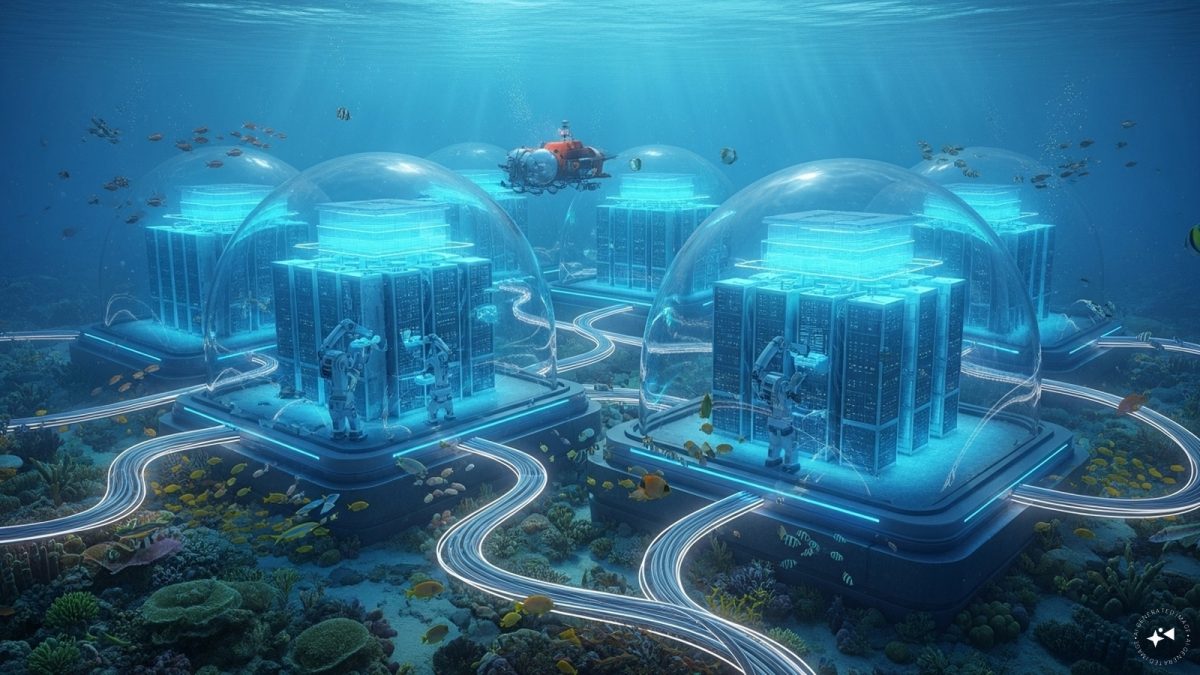China has begun the construction of an underwater AI data centre to eliminate the use of excessive water that keeps the collection servers cool, as they use up large amounts of energy that transmit heat.
Construction of the data centre off the coast of Shanghai started in June, as China tries to lead the artificial intelligence race. Beijing’s ambitious plans are followed by concerns about the use of gallons of water to keep data centres away from the heat.
Talking to The Guardian and nonprofit journalist organisation SourceMaterial, Shabrina Nadhila, an analyst at energy-focused think tank Ember, said, “China’s ambitious approach signals a bold shift toward low-carbon digital infrastructure, and it could influence global norms in sustainable computing.”
Why do AI data centres heat up?
Data centres store information and carry out complex computations for businesses, whose growing reliance on automation continues to drive up demand. These facilities use large amounts of electricity and water, as their servers run continuously and are packed closely together, producing waste heat that can harm equipment and compromise data. As a result, constant cooling is essential.
About 40 per cent of the energy consumed by a data centre is used to circulate and chill water that is later sprayed into the air that circulates the servers or is allowed to evaporate near them, significantly bringing their temperatures down.
The water for this purpose is drawn from underground sources or rivers and streams, or reclaimed wastewater.
How will the undersea data centre work?
The Shanghai data centre, built by a company called Hailanyun, will be connected to a nearby offshore wind farm that will supply 97 per cent of its energy needs, a spokesperson of the firm said.
The first phase of the project will include 198 server racks, enough to house between 396 and 792 AI-capable servers, and is scheduled to begin operations in September.
Impact Shorts
More ShortsIt is expected to deliver enough computing power to train a model on the scale of GPT-3.5, the large language model released by OpenAI in 2022 and used to refine ChatGPT, in just one day.
The underwater data centre will use pipes to pump seawater through a radiator on the back of server racks to absorb heat and carry it away.
Environmental concerns
Researchers warn that submerged data centres could threaten aquatic biodiversity during marine heat waves, periods of unusually high ocean temperatures. A 2022 study noted that, in such conditions, the water discharged from these facilities would be even warmer and contain less oxygen, making it harder for marine life to survive.
A study in 2024 found that underwater data centres can be destroyed by certain noises carried out by speaker systems, raising concerns about possible data breach.
)